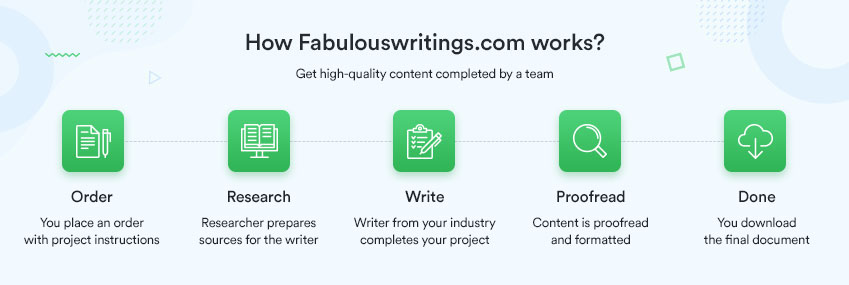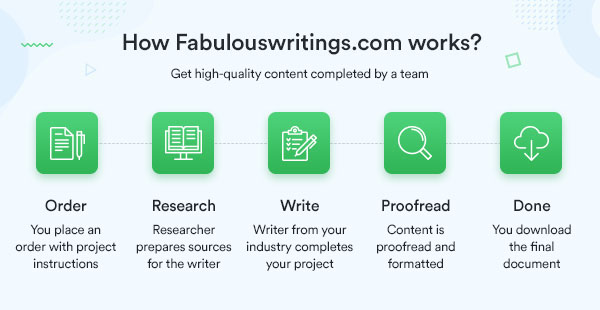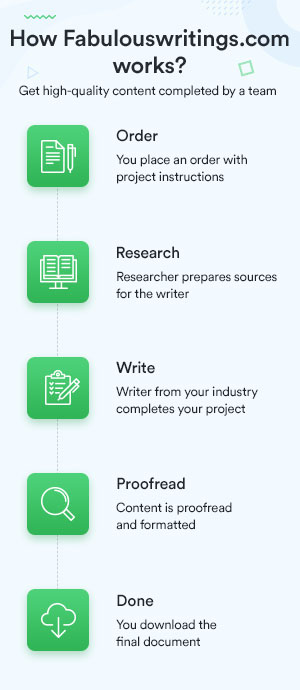Letter Writing Help: Everything You Need to Know about How to Write a Letter
In the depth of unrecorded time, before the advent of online letter writing on Facebook, Google, and Instagram, letters were the only means of communication between people divided by distance, and writing a letter was considered an art. Nevertheless, in the modern era, letters have still preserved their role in business communication and people’s personal lives. Therefore, let’s learn how to write a letter.
What Is a Letter?
A letter is a form of a printed or hand-written message addressed to another person or people. It can be sent to the recipient via email or in an envelope via traditional postal service. The means of passing does not matter a lot. Generally, it is a piece of written communication between two people.
In personal life, letters yielded the pass to modern means of communication empowered by the Internet, for example, instant messaging systems and social media. Nevertheless, this form has preserved its importance in the professional world. Cover letters, motivation letters, letters from banks and insurance companies, college letters, or employment letters are still sent and cannot be
replaced. Therefore, letters have become much-formal writing pieces with specific standards and rules to follow, and you should consider each point carefully. Let us go into detail about letter writing!
Aims of Letter Writing
- It is used for communication between two parties;
- It is used to communicate some important message to the public or specific group of people to raise awareness of some subject matter;
- It is used to communicate and explain one’s feelings to another person.
Types of Letter Writing
In most general terms, there can be two types of letters: Formal and Informal.
In addition, letters can be categorized based on their content, purpose, or recipient. Let’s discuss a few of the most popular types.
- Formal Letters: These letters must follow strict rules and specific patterns. They are formal or, in other words, professional in nature and focus on a specific purpose or issue. They are used in business and official communication.
- Informal Letters: These letters are used in personal communication. Unlike formal letters, there are no strict rules but only the most general recommendations concerning the structure. For example, these letters are a form of casual communication with friends, family, relatives, or acquaintances and contain personal information.
- Business Letters: These letters are used in business communication to discuss commercial issues, such as order details, claims, complaints, or requests. They are short and formal and are supposed to follow a specific structure.
- Official Letters: These letters communicate official information (for example, regulations, standards, suggestions, or demands) to specific people, companies, or branches and must follow strict structure and rules.
- Social Letters: Letters with invitations, congratulations, or condolence, for example, fall under this category. In other words, these are letters sent to people on special occasions.
- Circular Letters: These letters communicate some information to the masses. They are called circular since the same message is circulated to a great number of people. Examples include letters about changing phone numbers, retirement or alterations in management.
- Employment Letters: These letters communicate information about employment processes, such as application, joining and promotion letters.
How to Write a Letter: Writing Tips to Help You
Now, you know what types of letters exist. Let’s go deeper and learn how to write a good letter.
1) Determining the type of your letter
It is the first and probably the most important step in the writing process since all other decisions will depend on this one. You must clearly understand what you are going to write. Determine the purpose of your letter and choose the most appropriate type accordingly. Whom are you addressing? A partner, a friend, a company? This information will dictate the format of your letter, either formal or informal. Suppose you want to ask your employer for unpaid leave. You will have to write a formal letter. However, if you want to invite your employer to your retirement party, you will write a personal (informal) letter.
2) The opening and closing statements are important
It is critical to understand how to start a letter. Begin it with an appropriate sentence that will communicate the purpose of your writing. Formal and informal letters differ a lot in this regard. A formal letter has to start with a formal greeting (dear) and the recipient’s full name (at times, job title). Meanwhile, a personal letter writing can use the addressee’s first name (even a pet form) with any chosen greeting (for example, dear Britters, beloved Mike, honey wife, etc.).



When you are about to sign your letter, you still have to remember the type. End informal letters with a personal touch to show your attitude; however, always choose impersonal and respectful closing for formal letters to demonstrate your professionalism.
3) Determining the purpose of your letter
In the modern world, letters are considered a short writing form. Therefore, you should proceed to the point as soon as possible. It is especially crucial in the case of formal letters. Go straight to
the point without long talks and reflections.
4) Mince your words
Despite the subject and form, every letter has to be polite. Even if you are writing to file a complaint, proper words, polite sentences, and restrained language will help you explain the matter better and thus have more chances to get compensation.
5) Choosing the length of the letter
The length of the letter is important, as well. Personal letters have a loose structure and can consist even of a few written pages (for example, love letters). Nevertheless, formal letters are to be short, precise, and to the point. In any case, the length is determined by the message’s purpose, topic, and recipient.
Make Your Letter Writing Better
- The Right Words: Words are your tools; use them wisely. Fit the right words into the right context. Avoid emotional language in formal letters, but don’t scrimp on metaphors in love letters.
- Conciseness: This suggestion considers formal letters more; however, all letters are generally logical and concise. In formal letters, avoid unnecessary words, phrases, and sentences. Talk to the point and eliminate long examples and unreasonable explanations.
- Politeness: The recipient will respond to you based on your letter. Stay professional and smooth-tempered even if emotions overwhelm you. Communicate your concern in a civilized language. Rudeness and emotionalism will not help you explain the problem but will show you as a drama queen.
- Grammar and Punctuation: Following the grammar and punctuation rules is important in formal writing. Sometimes, the wrong full stop or comma can completely change the message and undermine the quality of the entire letter. Therefore, proofread your letter before sending it to the recipient.
- Style: For most letters, you must choose a conversational style. Write in a clear manner using simple words and understandable structures. Ensure that all your sentences appear logically and the writing goes smoothly. Do not skip from one idea to another.



This basic knowledge of how to write a letter will help you communicate with different people effectively. Want to apply for a dream college or job? You will have to write an attention-grabbing motivation letter. Have a problem with the product or service? You will have to write a polite complaint letter. Want to acknowledge your clients? You will have to write a warm thank-you letter. Letters are not a relic of the past; they still play a crucial role in our lives and are tools of influence. Use them right!



